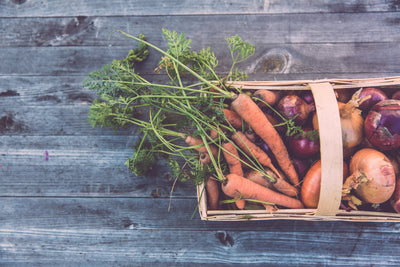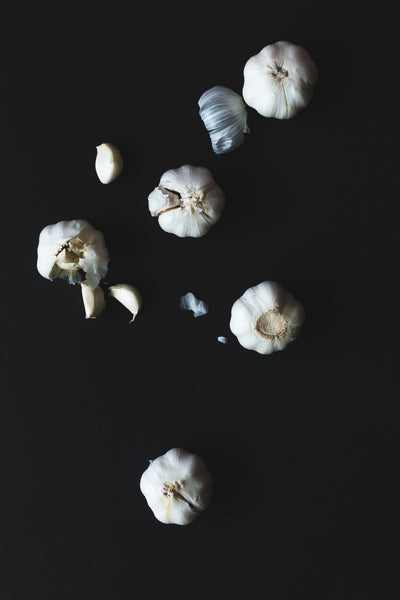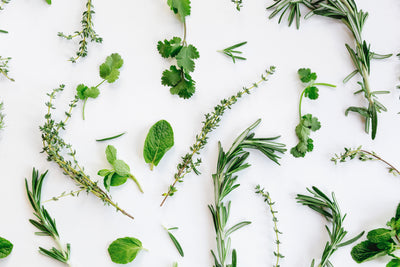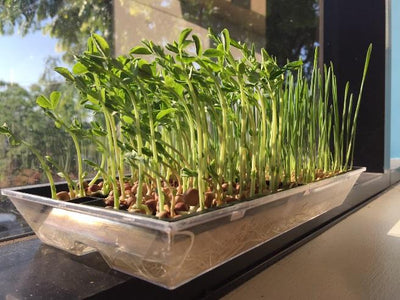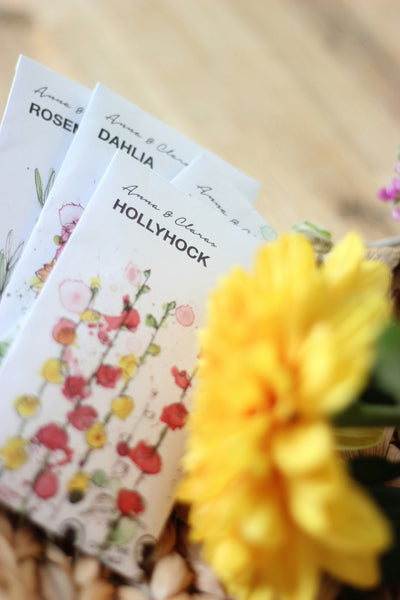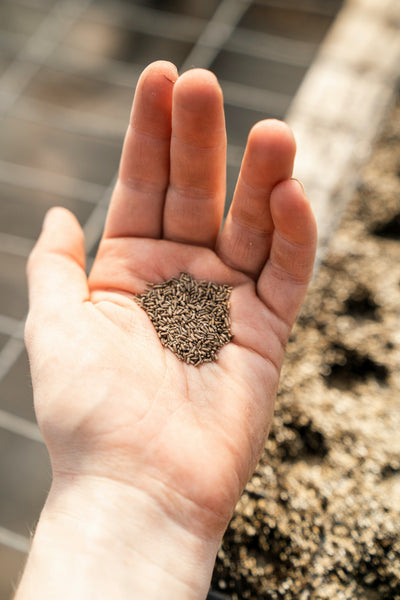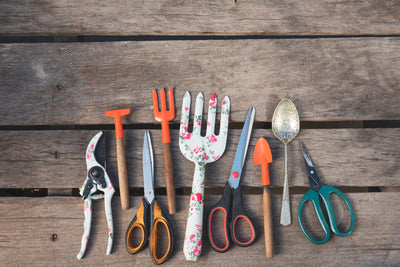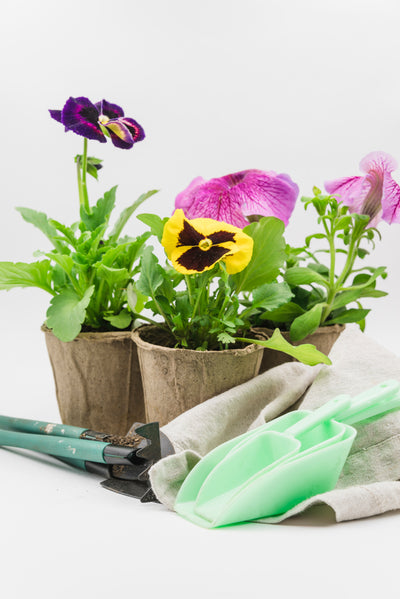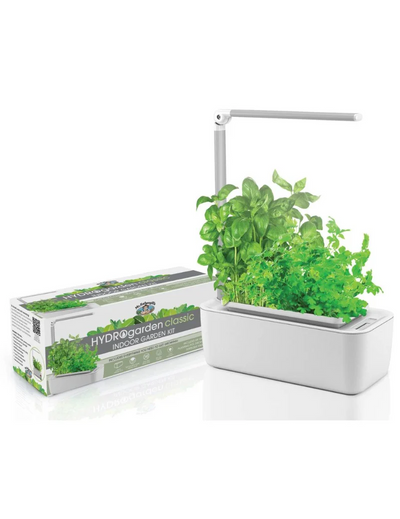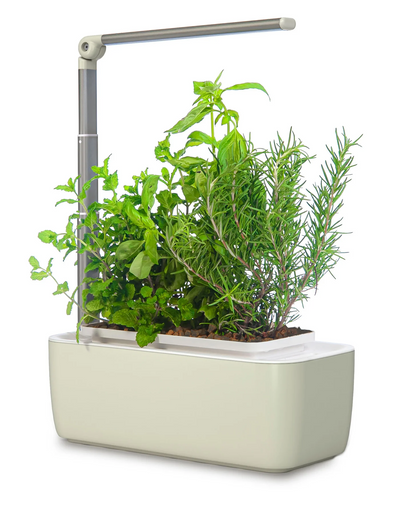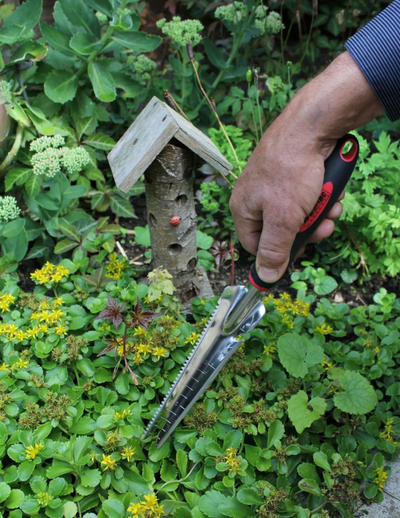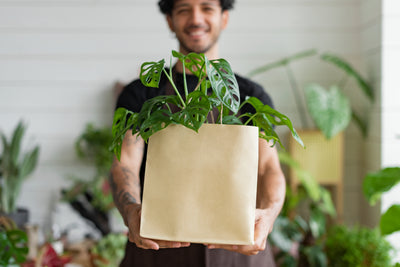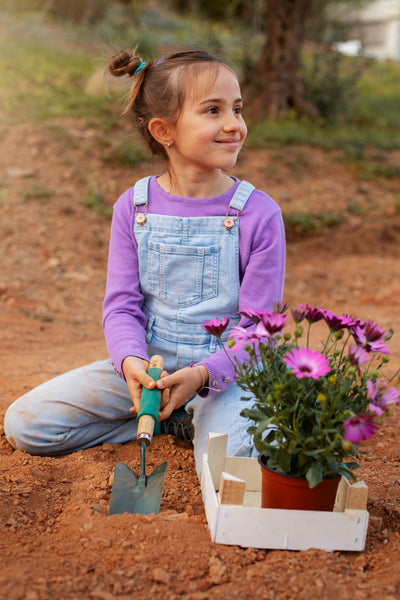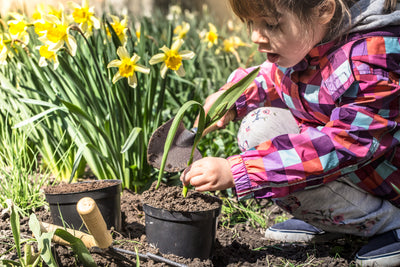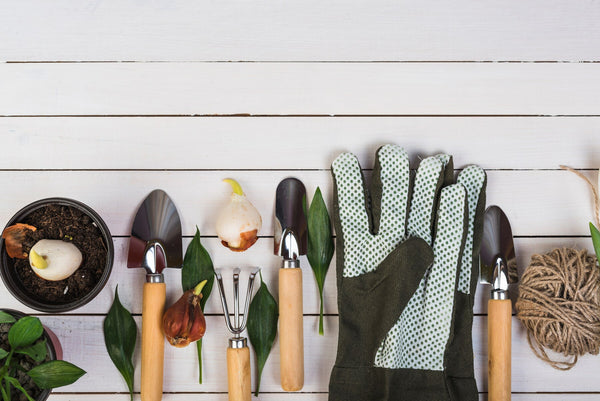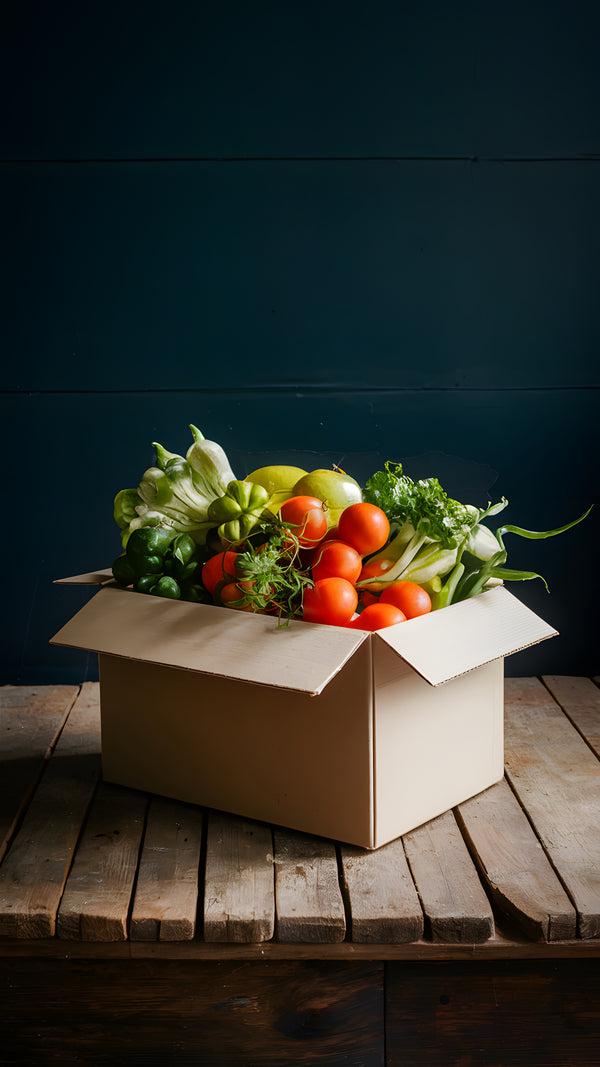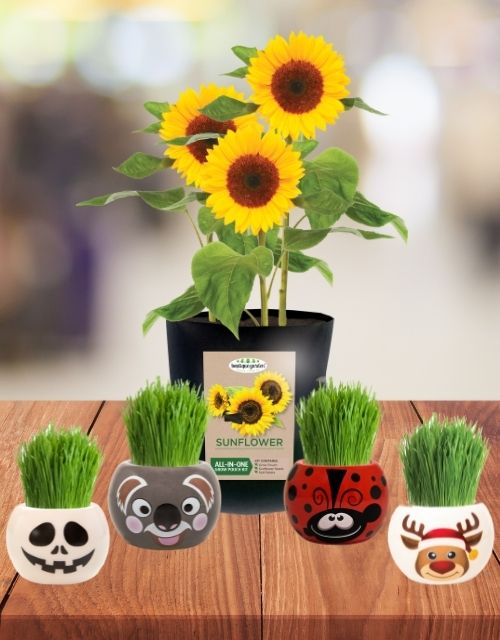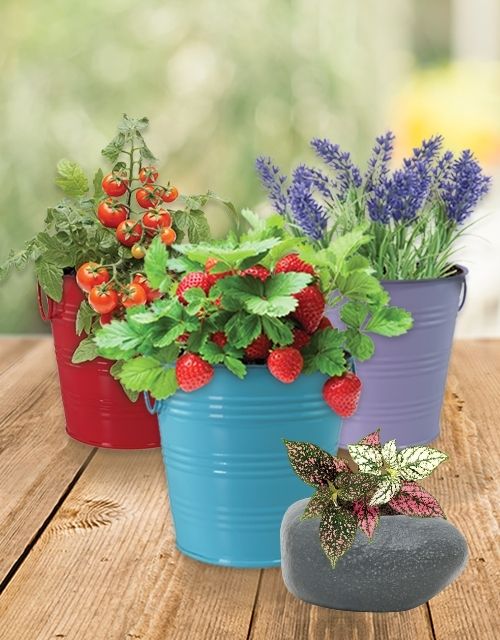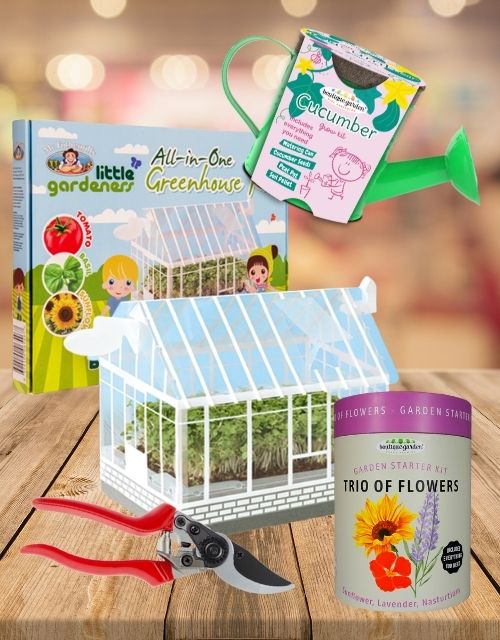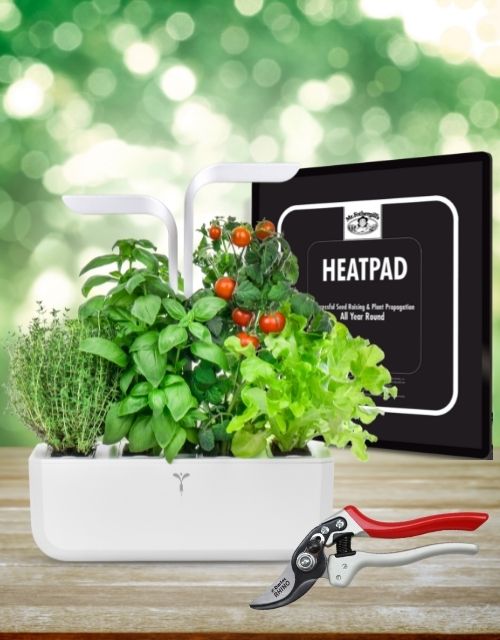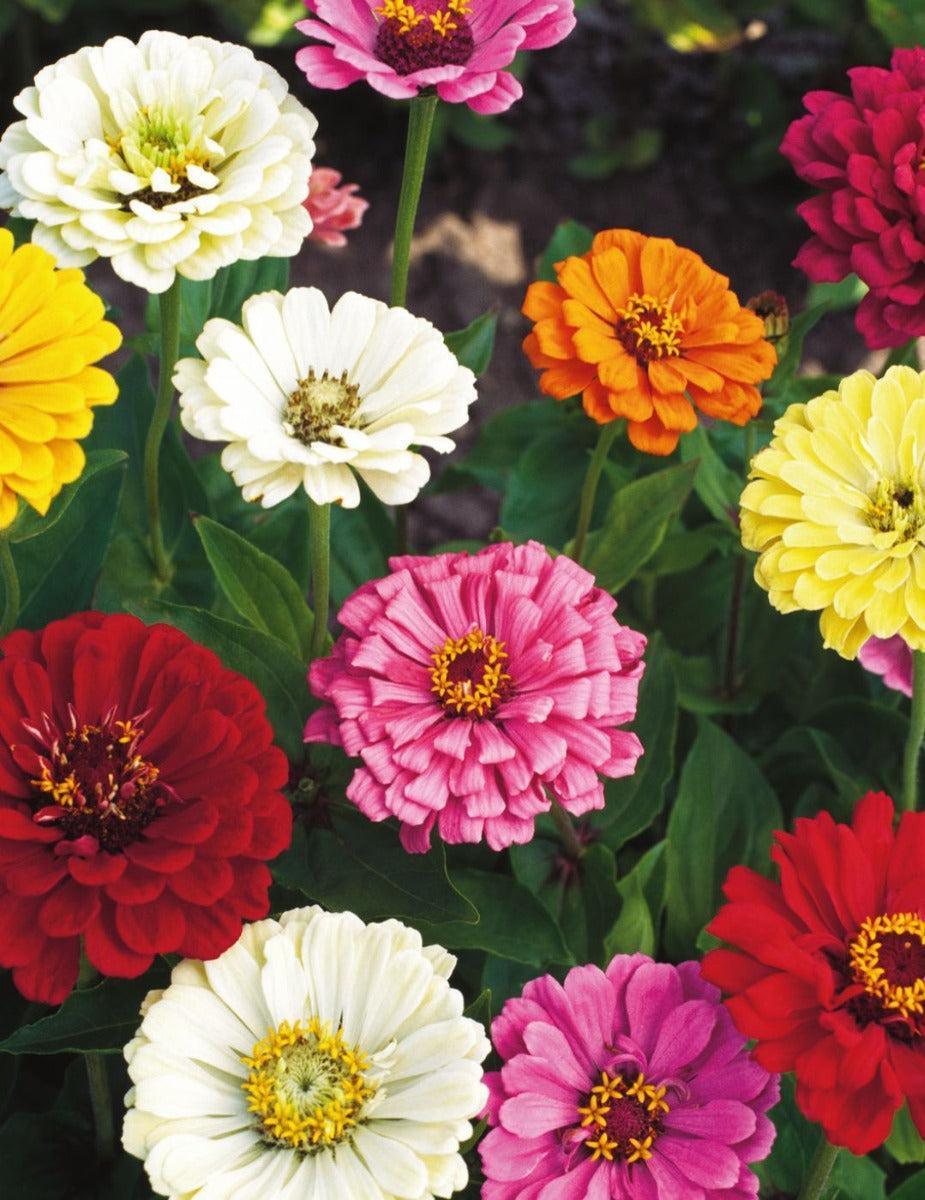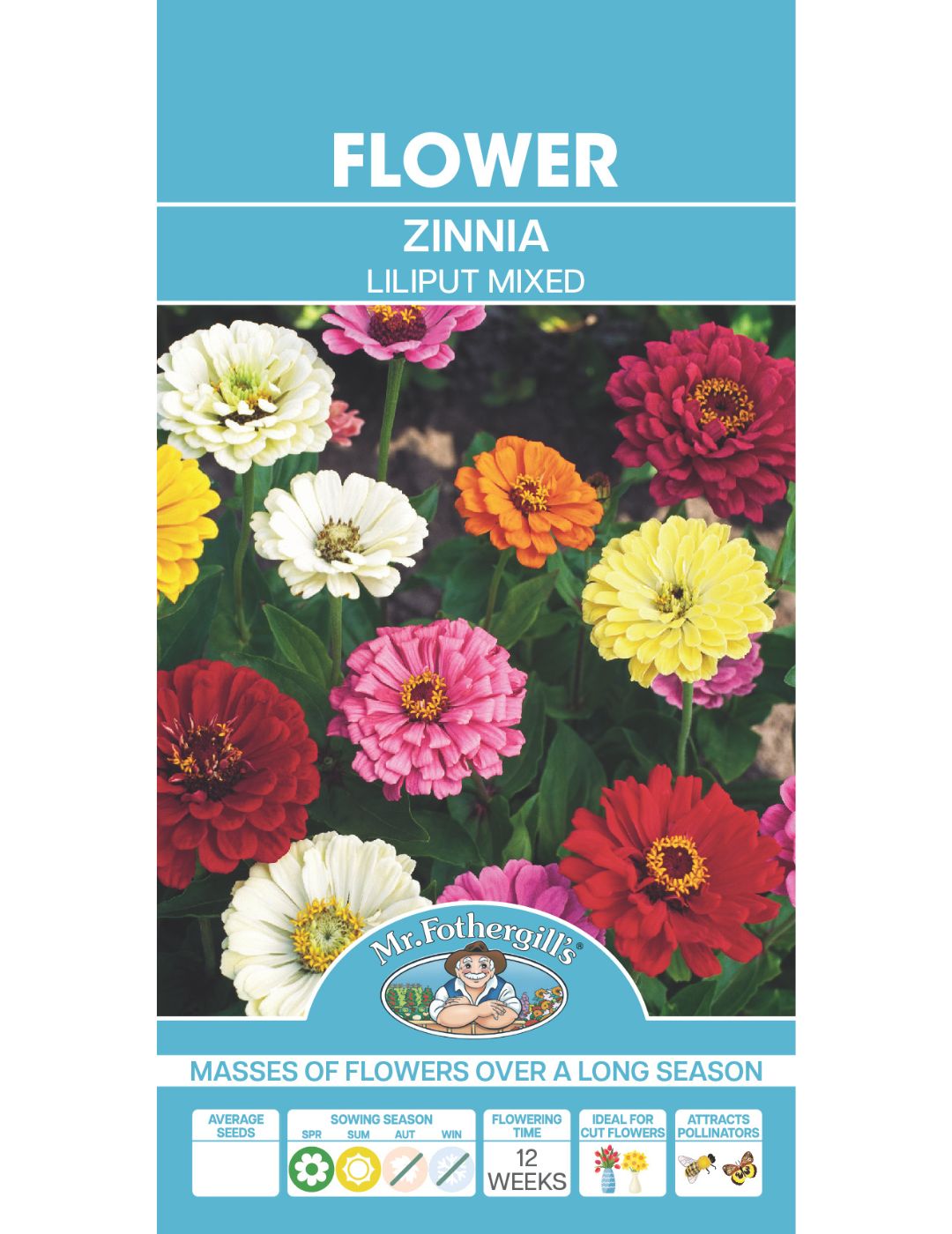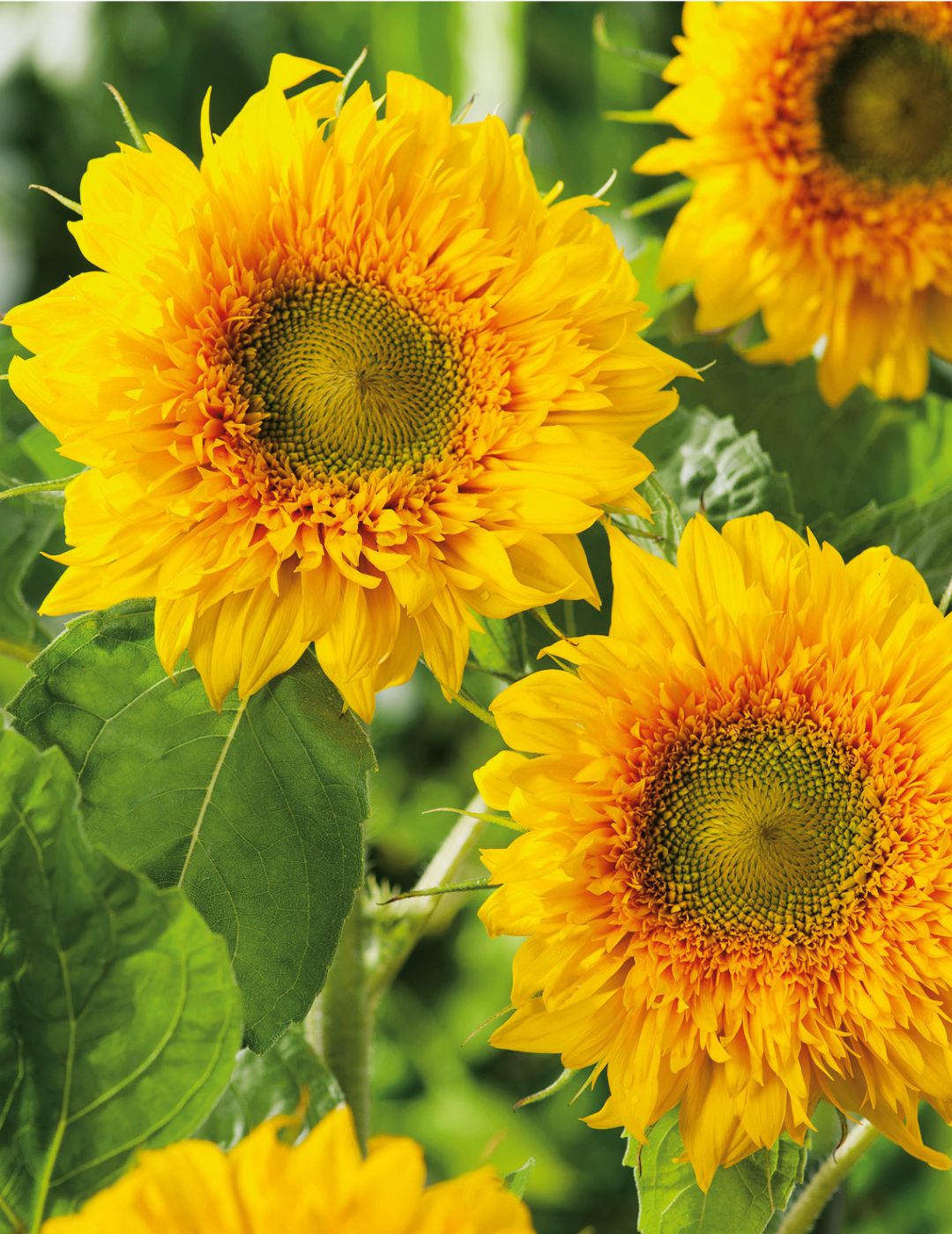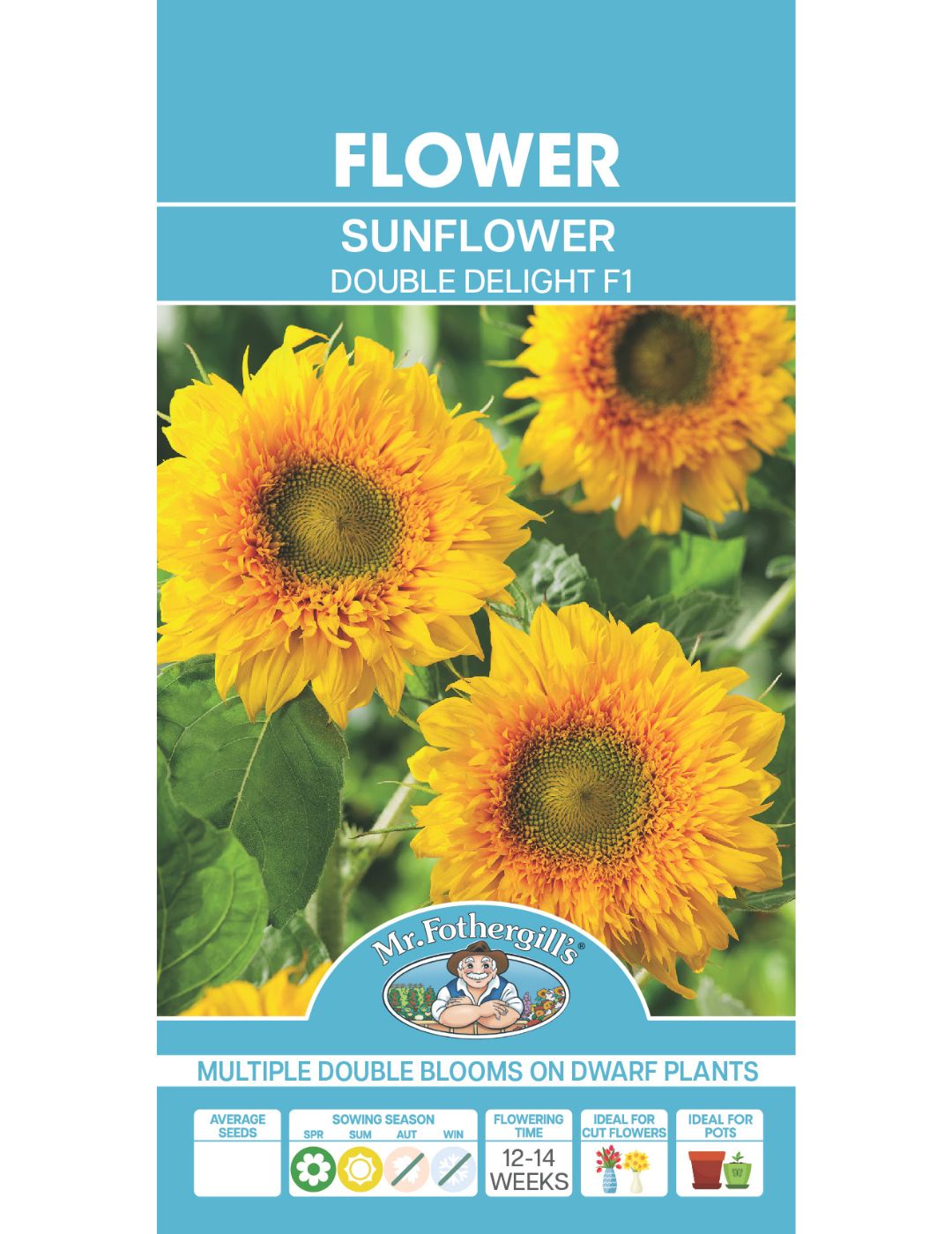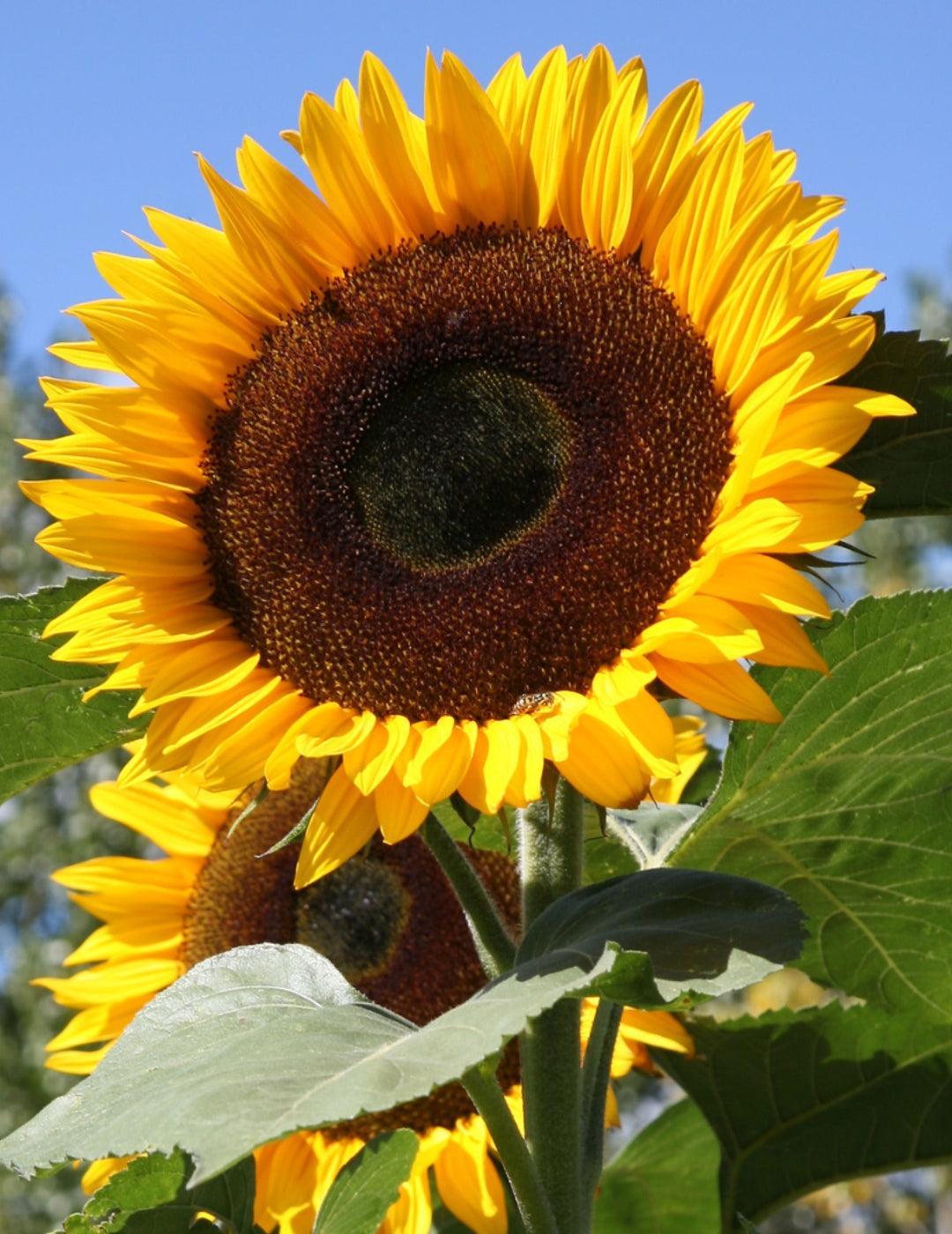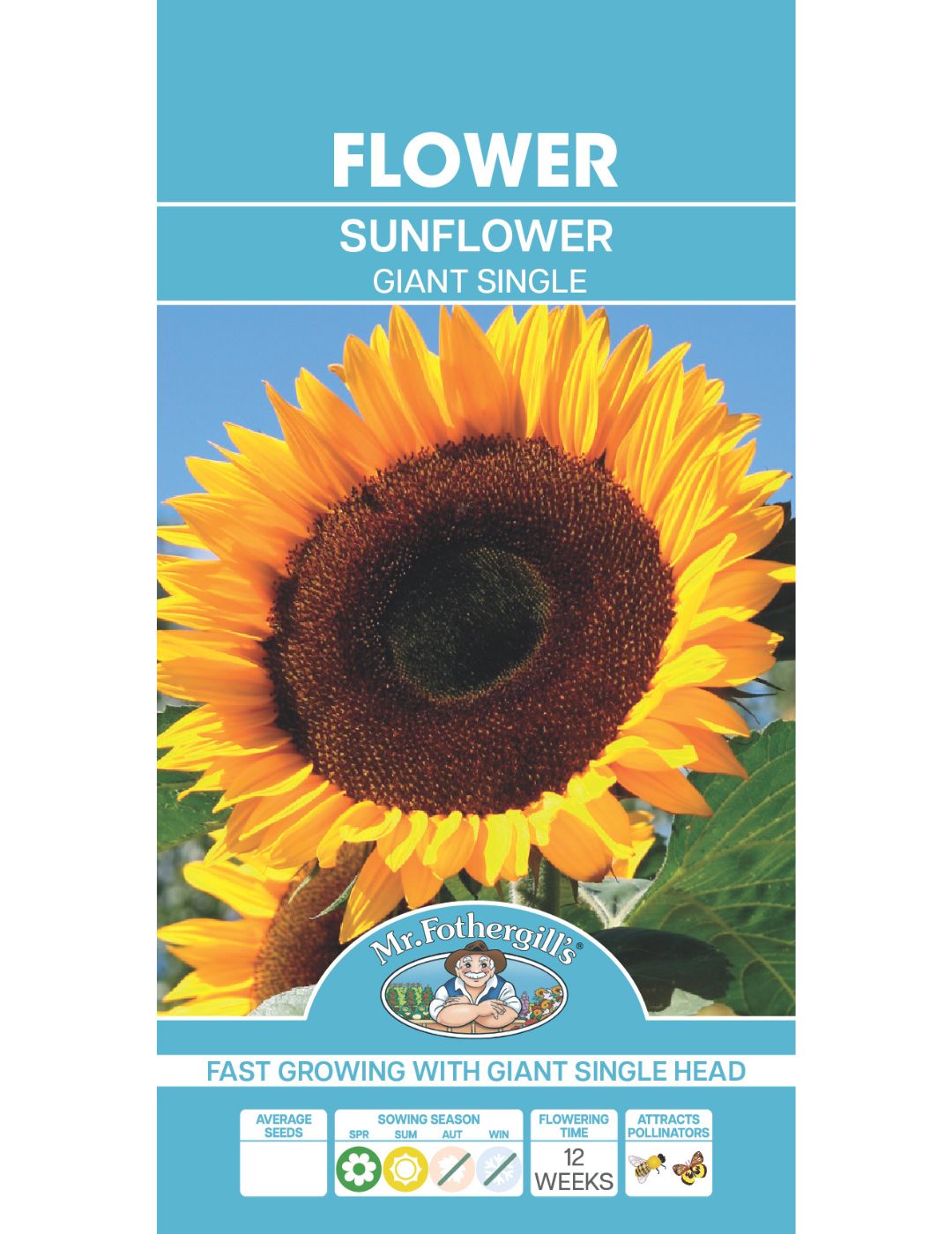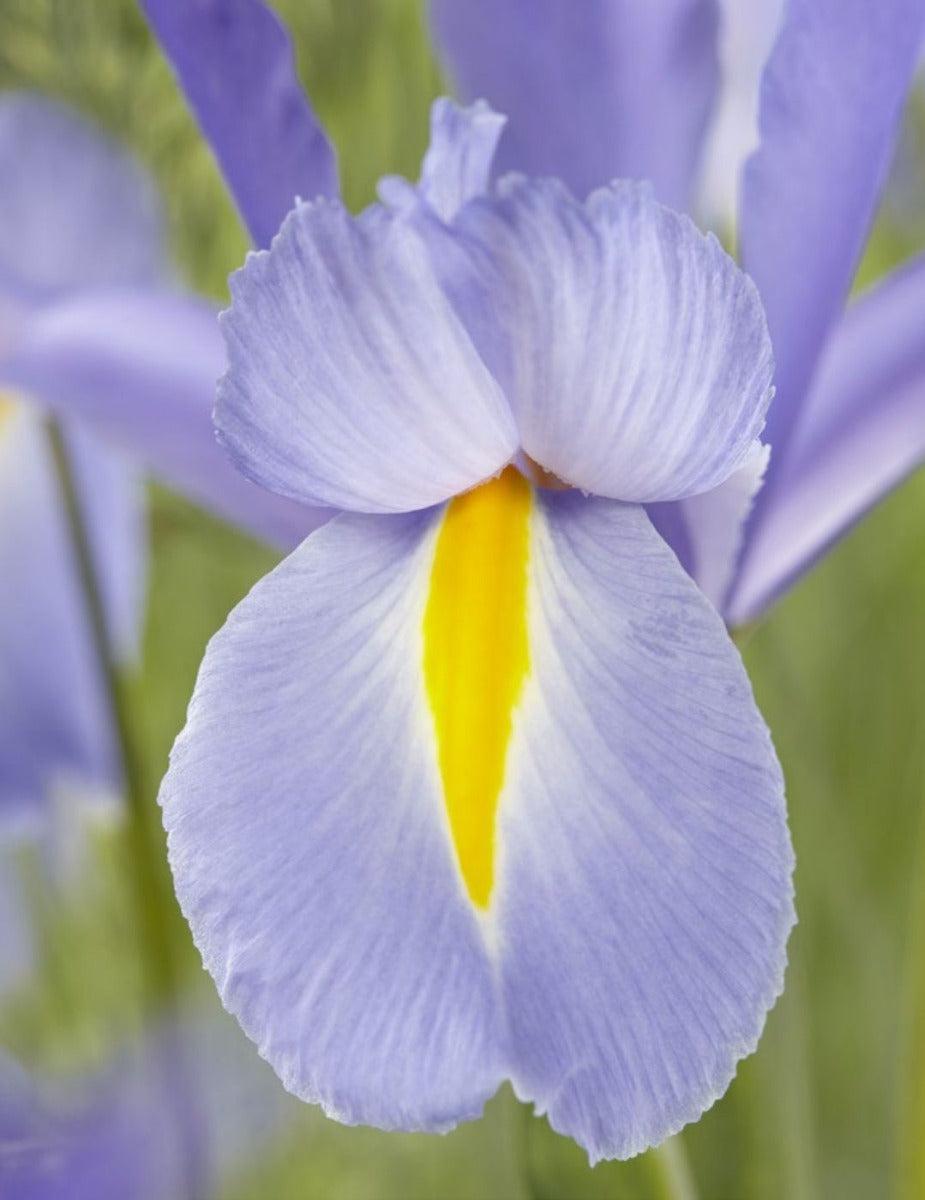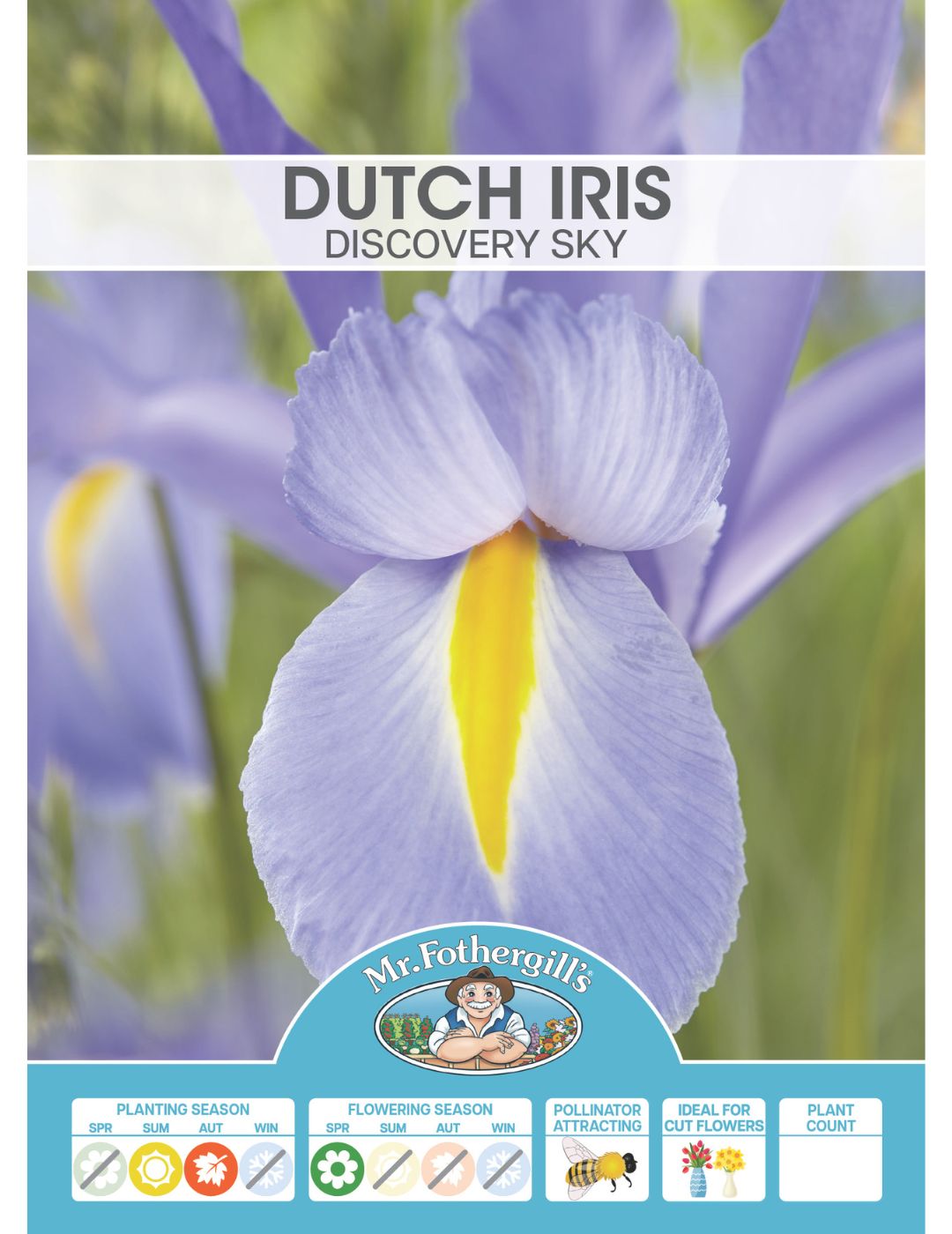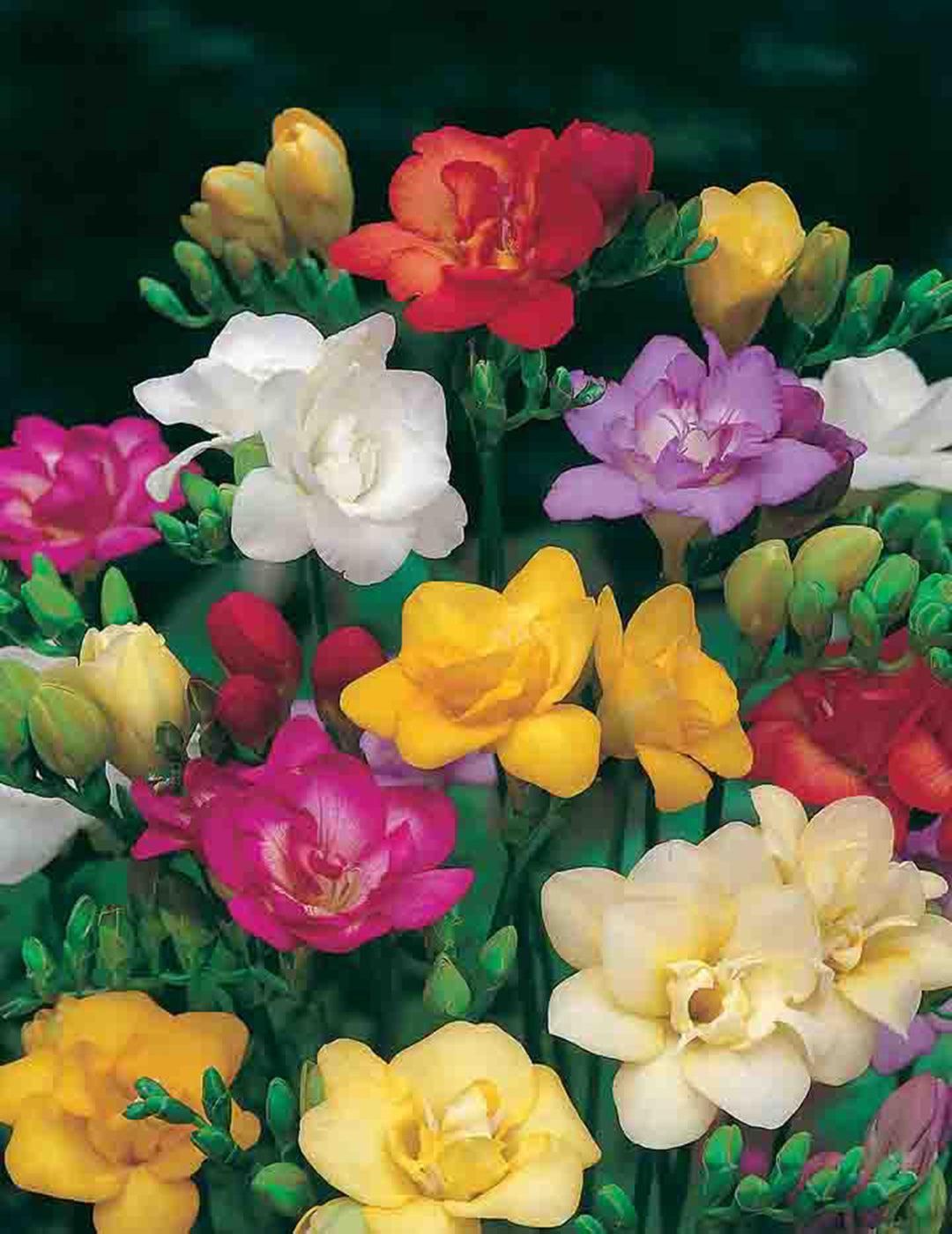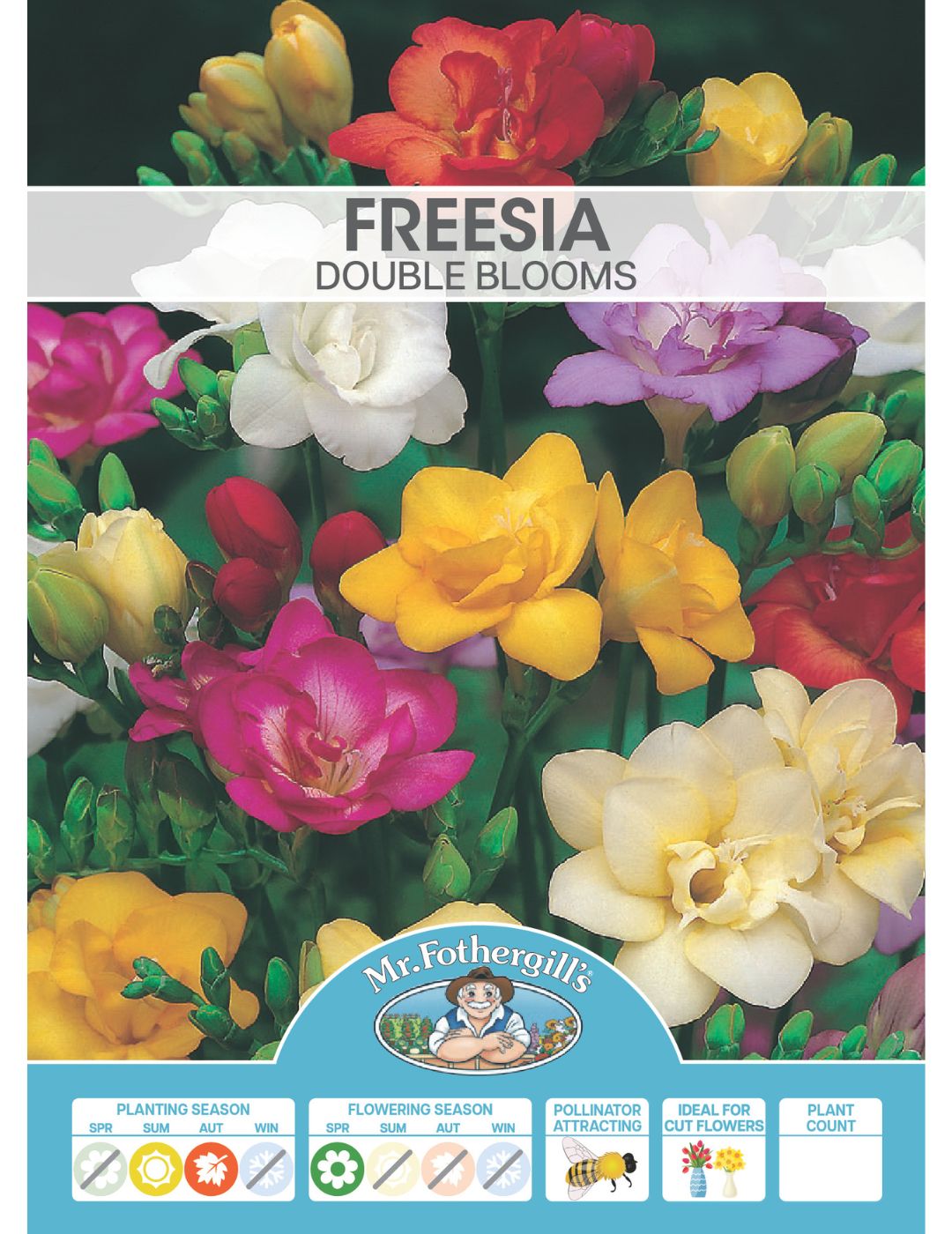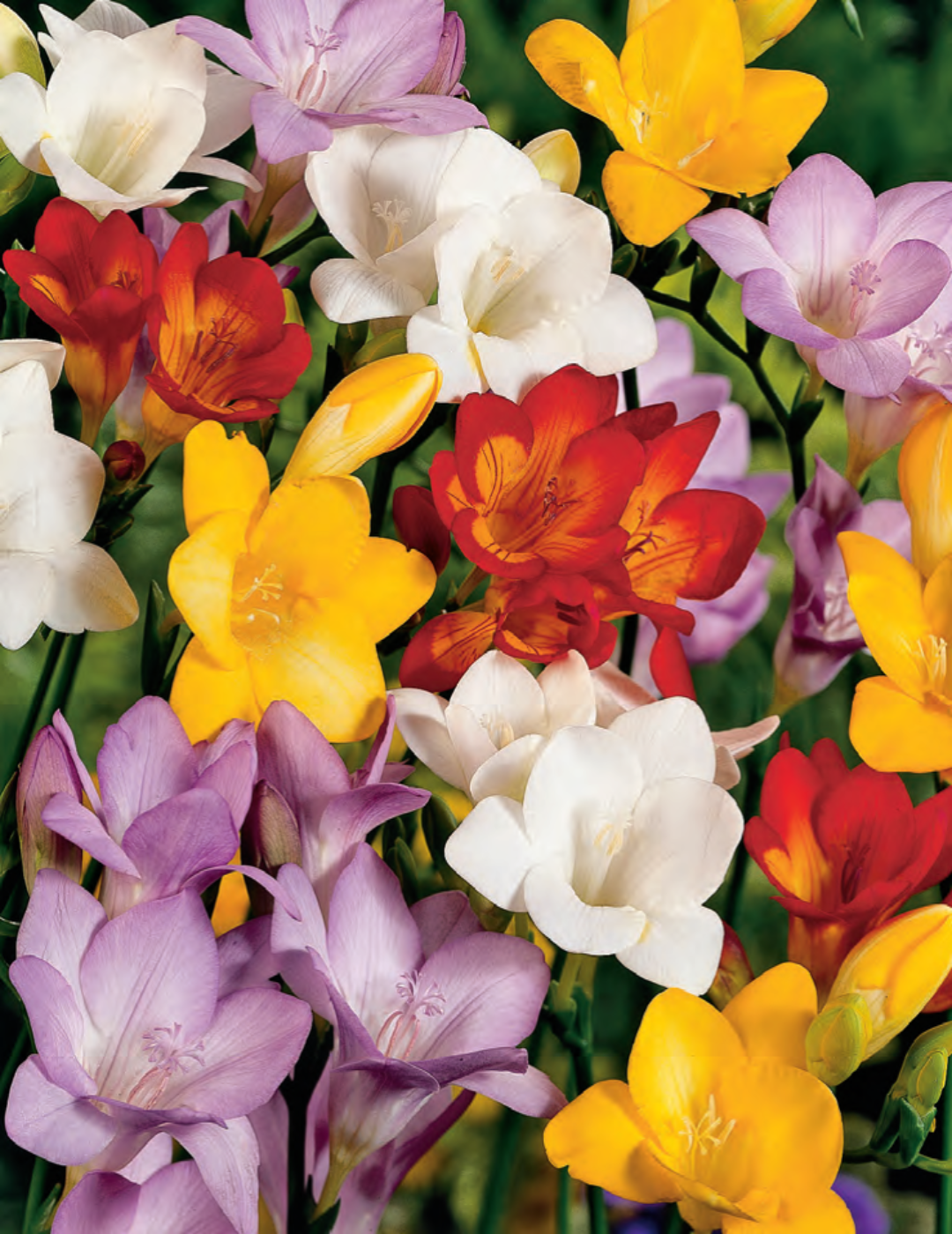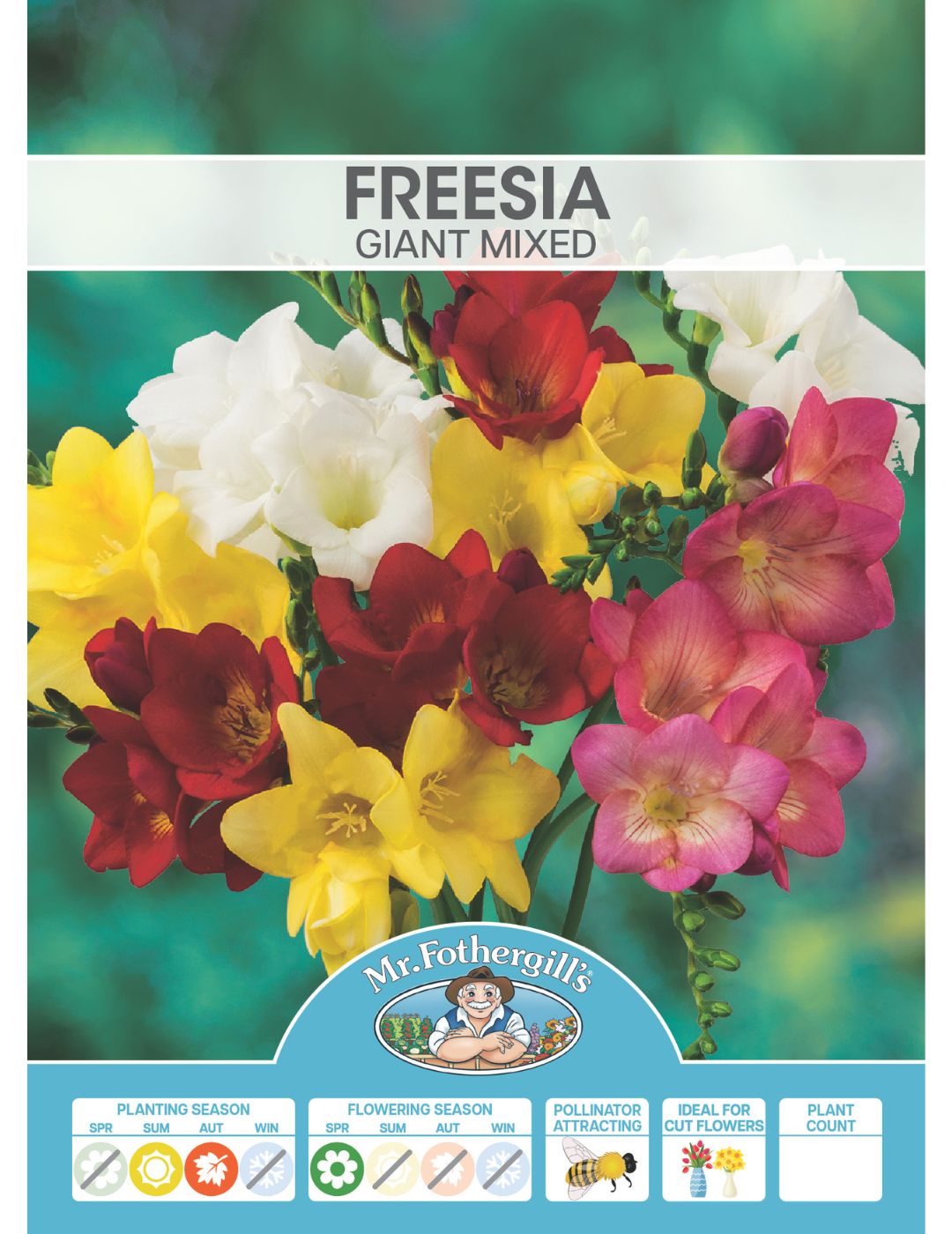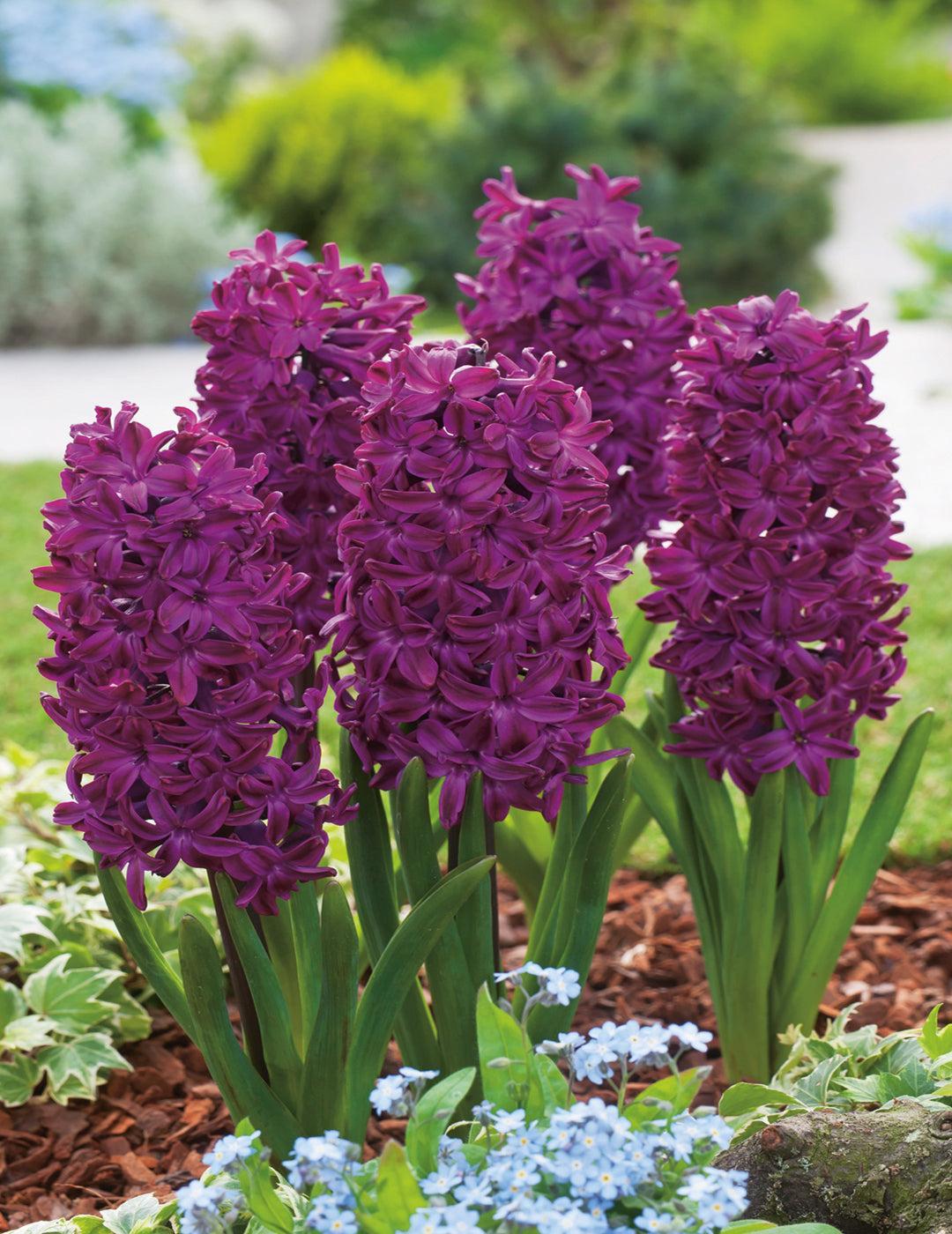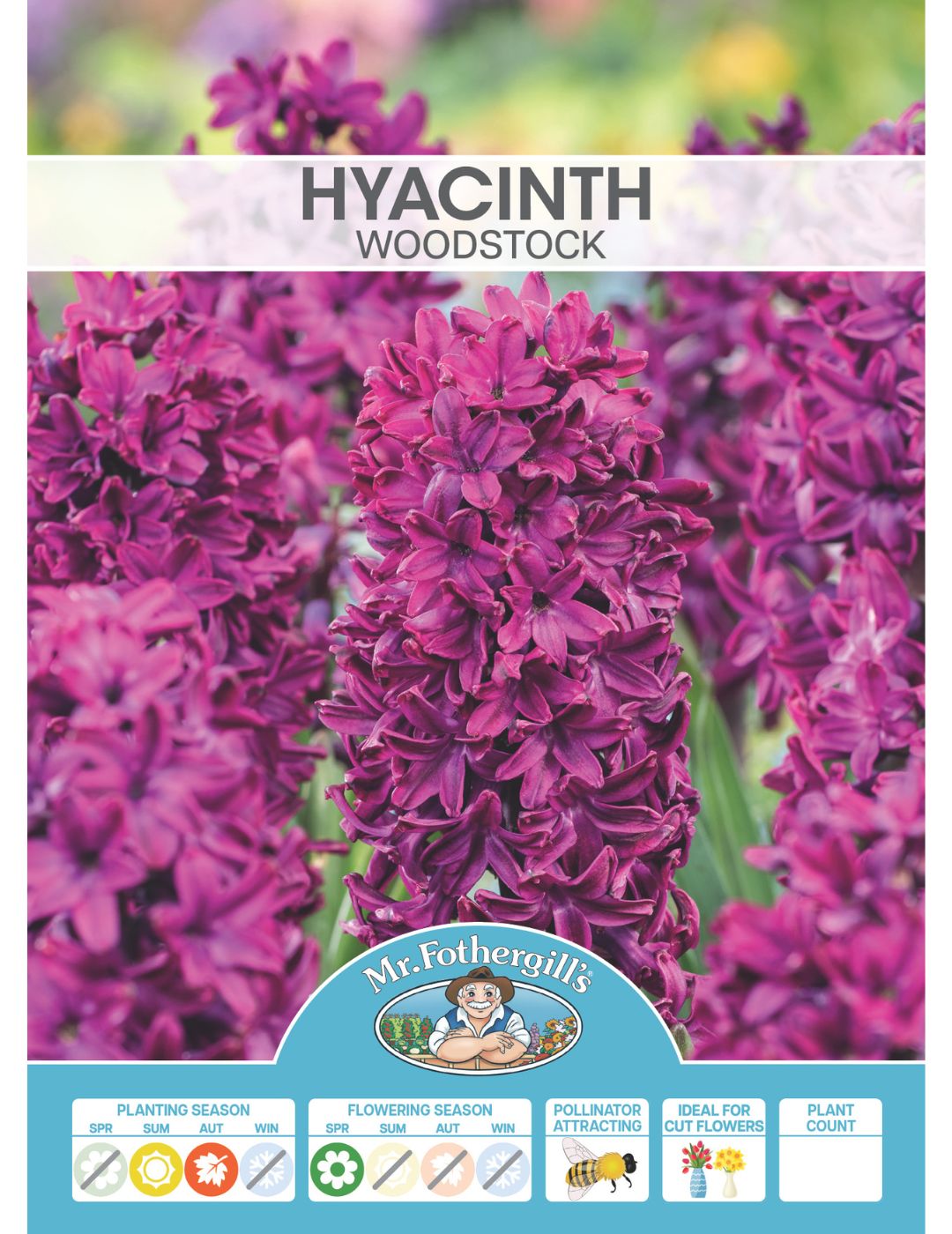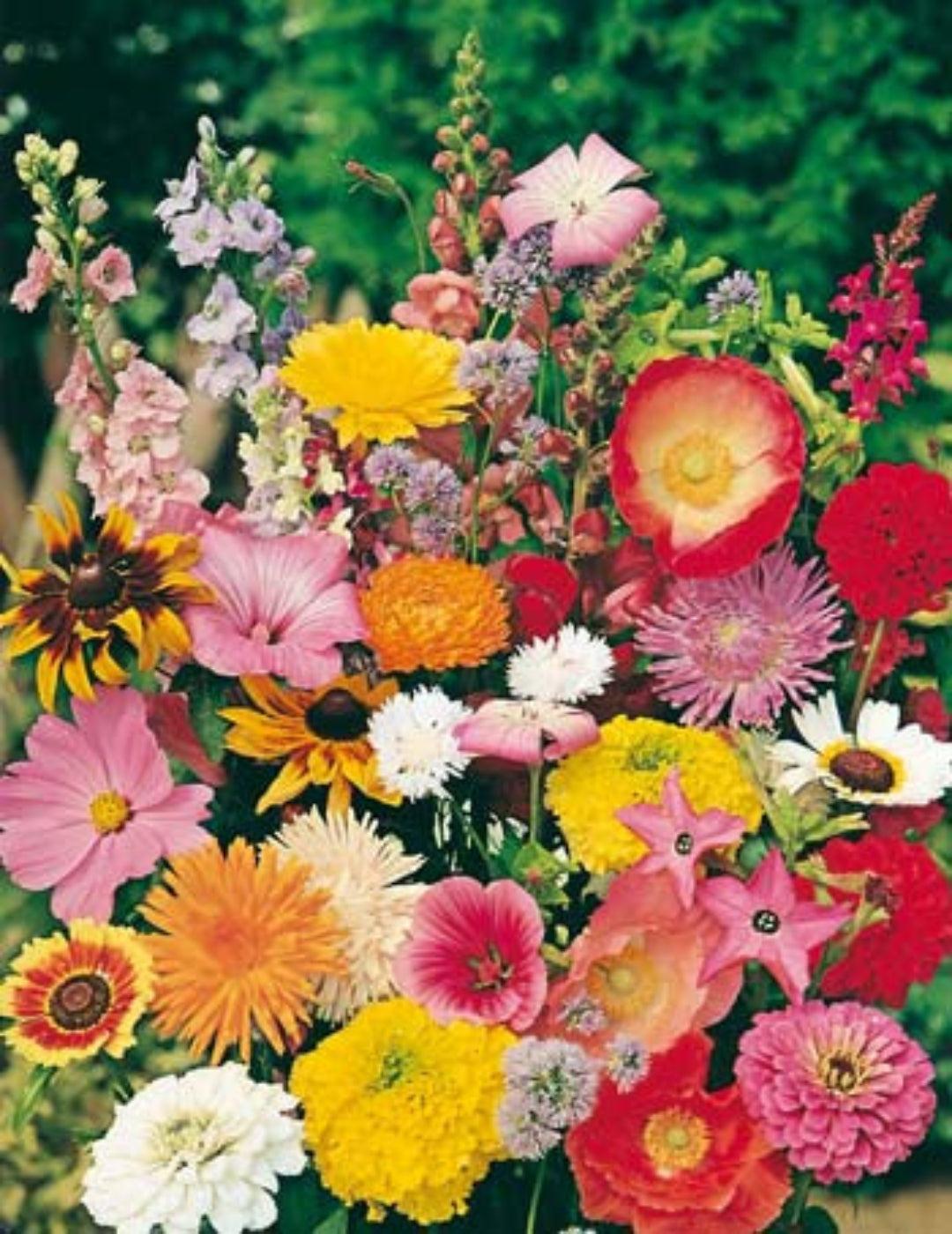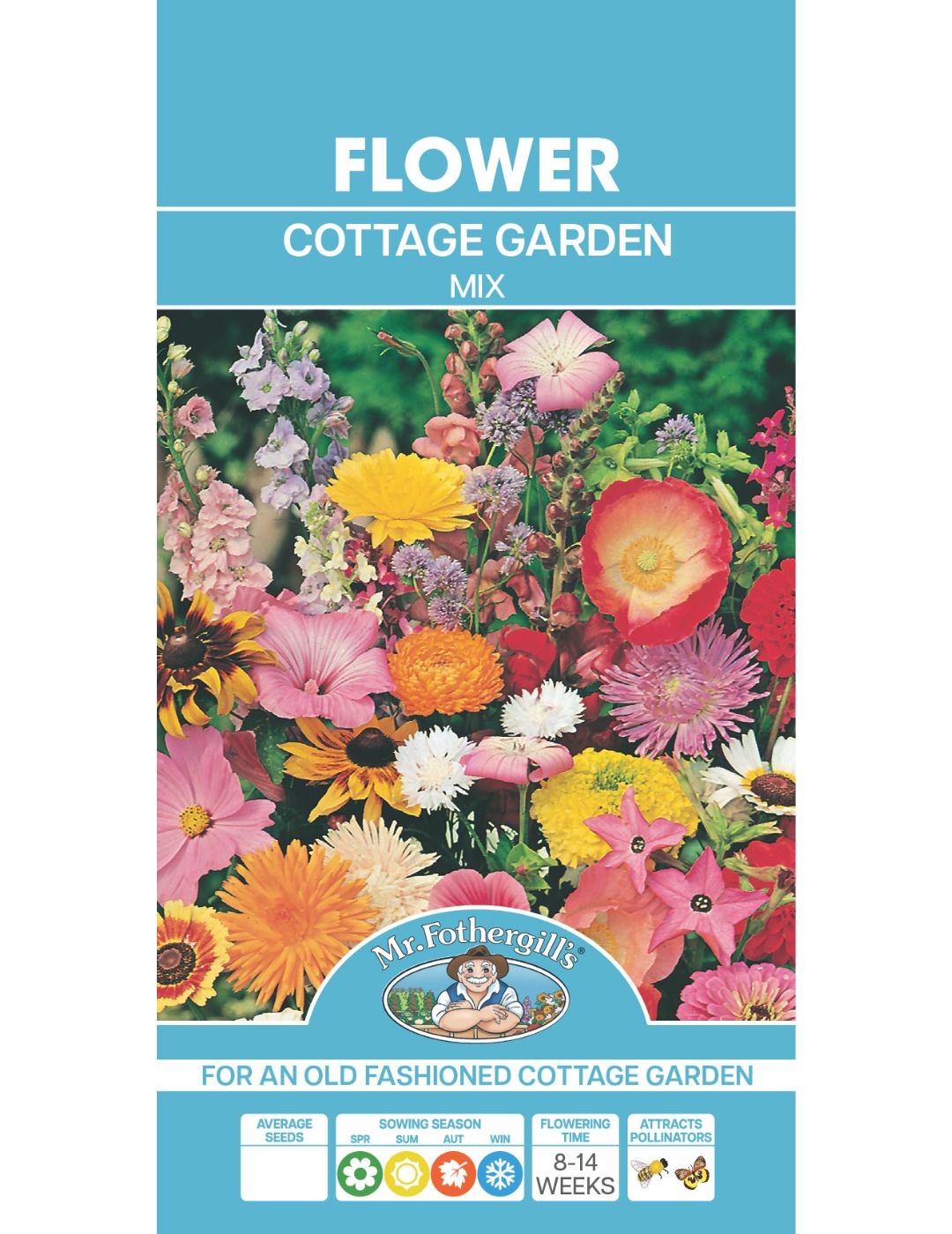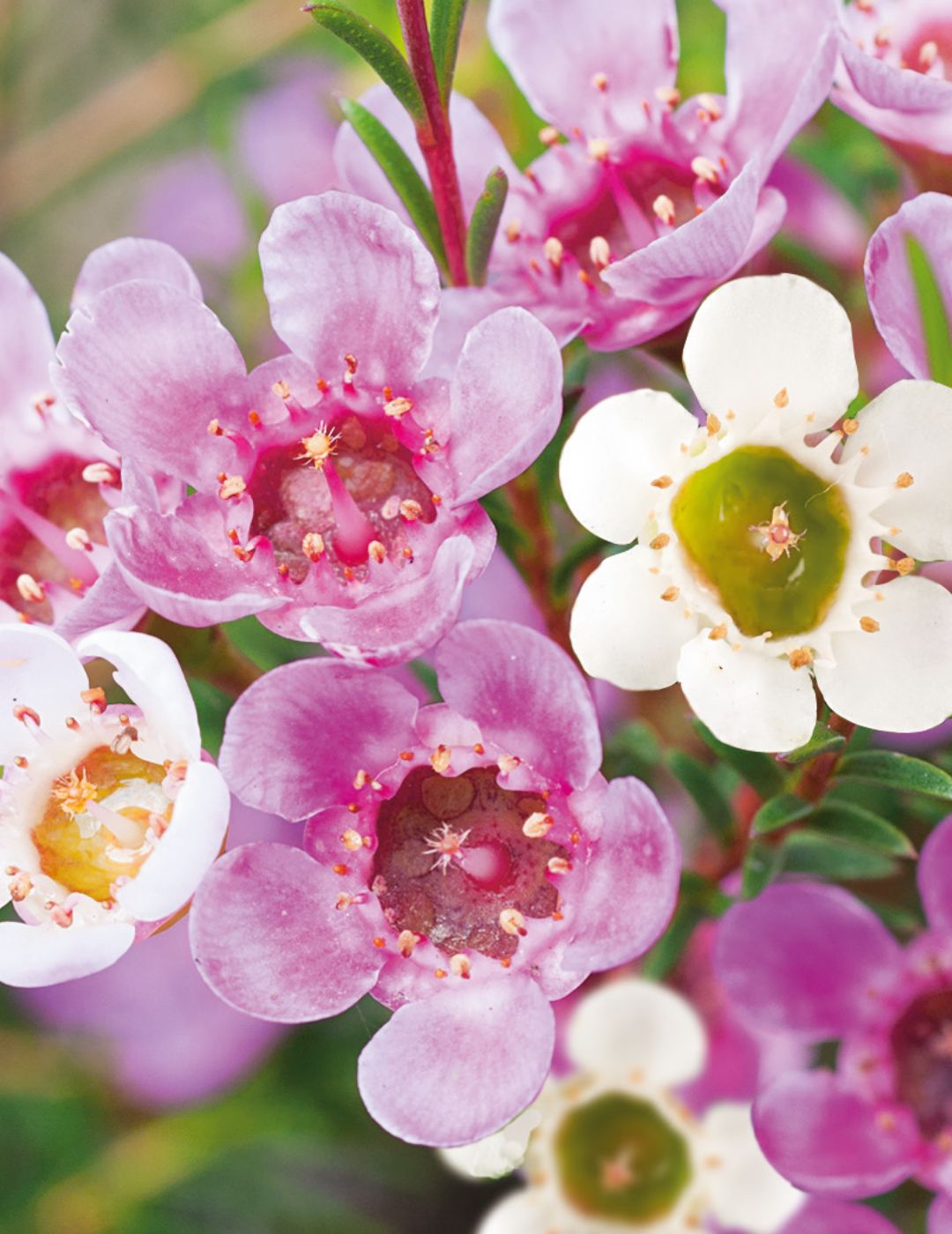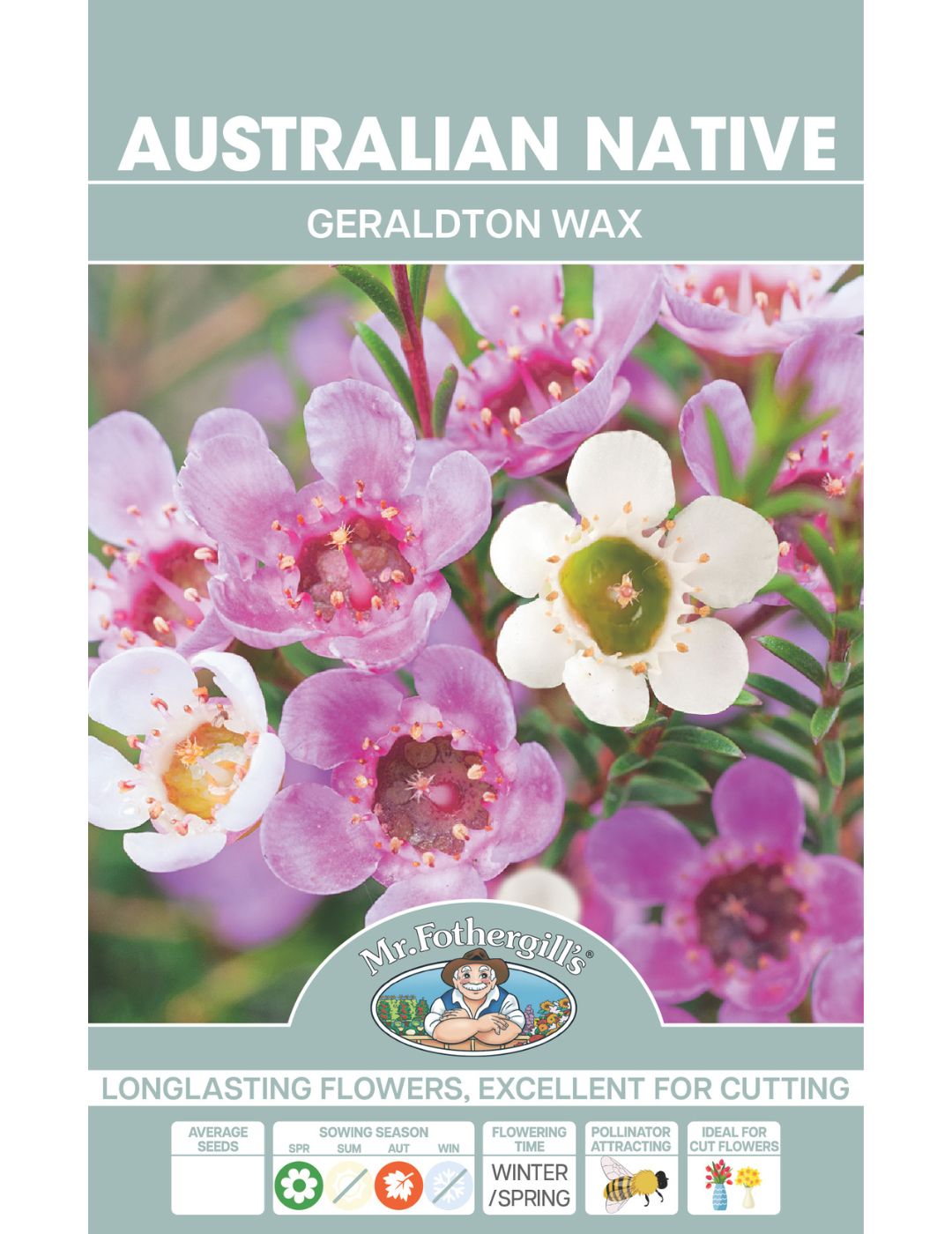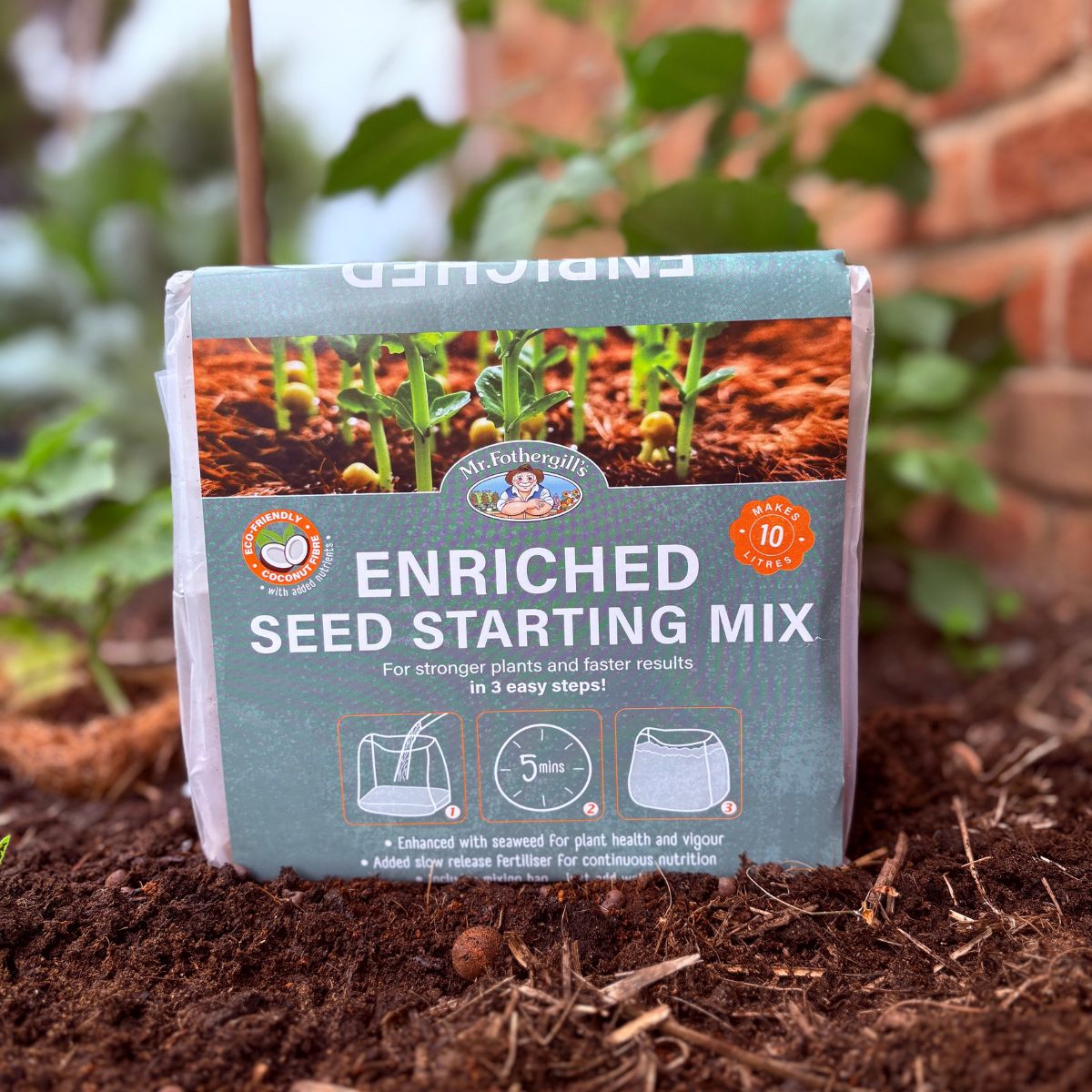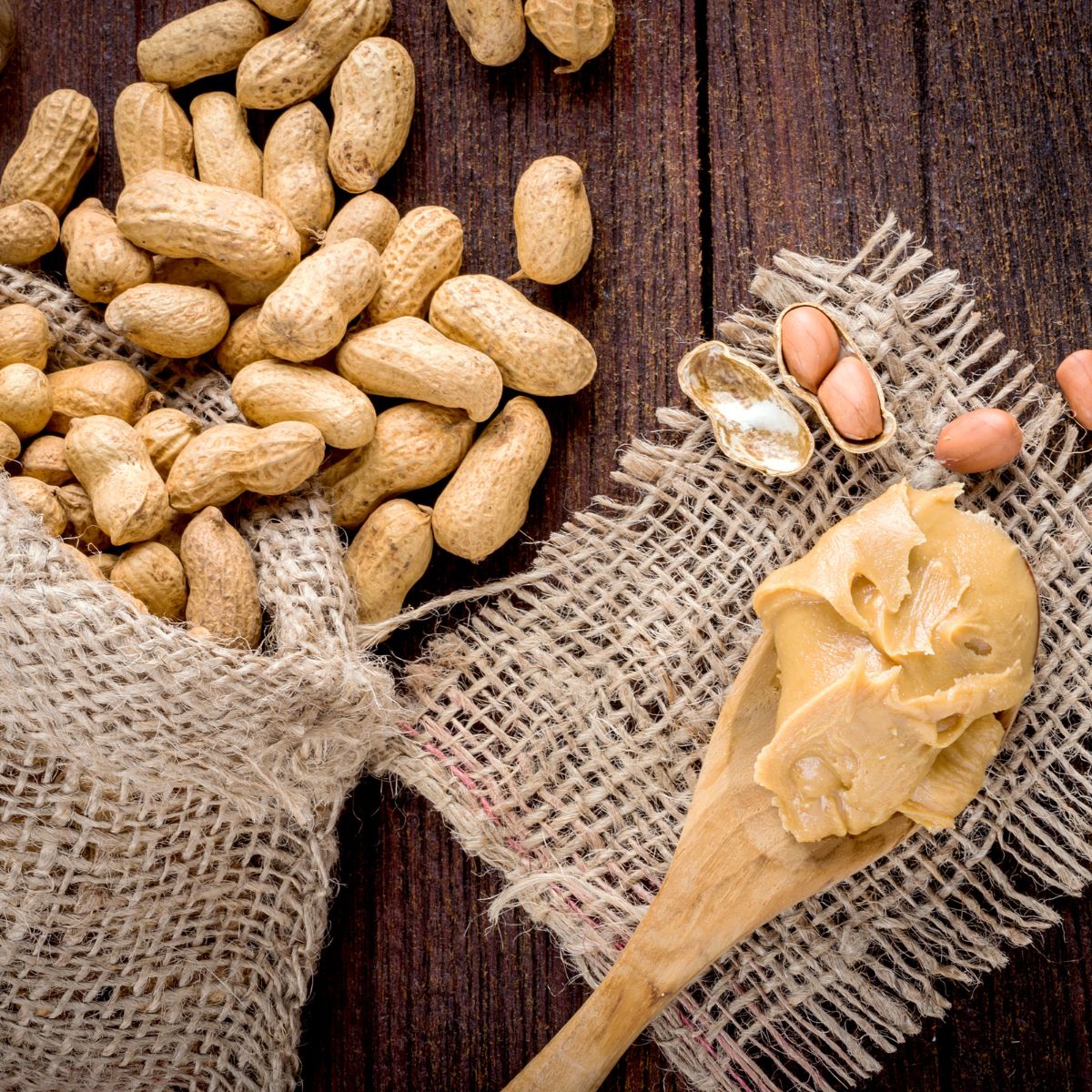
Why Start a Cut Flower Garden?
Save Money
Even a small bouquet in a florist or shop will set you back at least $20 and, unfortunately, will only last about a week. This makes it quite costly in the long run, but growing your own gives you fresh bouquets regularly instead of just for special occasions. Best of all? A packet of flower seeds or flower bulbs will only set you back a few dollars and can yield many flowers.
Grow Your Favourites or Hard-to-Find Varieties
Depending on the fashion or what’s available in your area, you might not be able to get your hands on your favourite flowers. Maybe you want to try growing an unusual colour variation or a certain bloom that holds special memories for you, but you can’t find them in your local florist. Growing your own eradicates this issue and allows you to grow the flowers you love.
Fresher Flowers
Just like the food you buy in a supermarket, shop-bought flowers have travelled some distance before they make it to your home. This means they’ll never be as fresh as the ones you’ve grown in your garden, and they won’t last as long in a vase.
Reduce Environmental Impact
The cut flower industry isn’t particularly sustainable due to the amount of water, fertilisers, and pesticides used to create the perfect blooms. Transportation is also an issue as many varieties are shipped globally for out-of-season stock. The transport also needs to be refrigerated which is another drain on the planet’s resources.
Growing your own cut flowers at home removes the impact of transporting flowers and you can implement organic and sustainable growing methods if you choose to.
Pollinators
Not only do you benefit from bringing your home-grown flowers indoors, but you can also enjoy them in the garden. You won’t be the only one to enjoy them, too, because cut flower varieties attract pollinators and beneficial insects.
So, as well as bringing your interior spaces to life, the lovely little creatures in your garden will also thank you for growing your own cut flowers!
Rewarding
Growing anything is rewarding, and having a flower grow through the season until gorgeous blooms unfold is an incredible feeling. As well as being incredibly rewarding, it’s a versatile hobby, and you can enjoy the flowers in the garden, bring them indoors, make your own arrangements, and even create bouquets as unique gifts for family and friends.
The Best Cut Flowers to Grow in Australia
There are so many flowers to choose from but essentially it comes down to two factors for a good cut flower – long vase life and long stems. Some flowers will wilt as soon as they are cut so don’t make good flowers to bring indoors. Long stems are important for displaying in a vase.
There are statement flowers that are an obvious choice when growing your own but don’t forget the filler! All good arrangements have some smaller and more delicate flowers or foliage to really showcase the statement pieces.

What varieties make good cut flowers?
Some of the best and most popular cut flower varieties that you can grow from seed are (from A to Z):
Aquilegia, Aster, Banksia,

Calendula, Carnation, Chrysanthemum,

Cineraria, Cornflower, Cosmos,

Dahlia, Delphinium, Dianthus,

Foxglove, Flannel Flower, Gerbera,

Geraldton Wax, Gypsophila, Kangaroo Paw,

Larkspur, Linaria, Lupin,

Nigella, Painted Daisy, Pincushion Flower,

Pincushion Hakea, Poppy, Snapdragon,

Statice, Stock, Strawflower,

Sunflower, Sweet Pea and Zinnia!

Want to start growing your own cut flower garden?
Shop Cut flower seed varieties here
But wait, there’s more! There’s also a huge array of excellent cut flower varieties that you can grow from bulbs. They are (from A to Z):
Achillea, Anemone, Astilbe,

Allium, Bearded Iris, Babiana,

Calla Lily, Chinese Ground Orchid, Daffodil,

Dahlia, Dutch Iris, Freesia,

Gladioli, Hippeastrum, Hyacinth,

Iris, Ixia, Jonquils,

Kniphofia, Lilium, Lily of the Valley,

Leucojum, Lycoris, Nerine,

Ornithogalum, Peony, Pineapple Lily,

Ranunculus, Scilla, Sparaxis,

Triteleia, Tritonia and Tulip.

How’s that for choice?! Take your pick of the bunch and shop our flower bulbs today.
Dahlias
Dahlias come in a huge mix of colours and forms and can be grown from dahlia tubers so you know which flower you are getting or grown from dahlia seeds for a floral surprise. They’re perennial so you can plant once for gorgeous flowers year on year. They also have a long flowering season from summer to late autumn.
When growing dahlias, bear in mind that they have a 5-8 day vase life and are best picked when blooms are half open. Smaller-headed varieties such as ‘pom pom’ types will have a longer vase life but the larger ‘dinner plate’ dahlias can be stunning in a bouquet.
When it comes to cutting, all dahlias have hollow stems, so cut the stem on an angle with pruning tools like snip scissors. This ensures water can be drawn up the stem.

Lilium
Liliums are a popular cut flower for their extraordinary vase life and large attractive blooms. They typically last 10-14 days or longer in a vase. They’re best harvested while the flower buds are closed but are showing good colour, which indicates that they will open soon.
Liliums are thirsty blooms, so for the best vase life, recut stems and top up with fresh water every day. There are many varieties to choose from and you can make the right decision for your garden by following our choosing the right lily guide.
Some varieties of this flower have a gorgeous, sweet fragrance but there are also fragrance-free choices for those who find it overpowering. Pollen from Lilium flowers can stain clothing and cause allergies in sensitive people. If this is a concern, you can grow a pollen-free variety like Lilium Double Sundew, Lilium Double Red Twin or Lilium Double Must-See.
Liliums are highly toxic to cats if ingested, so grow and display with caution if you have cats in your home.

Sunflower
Sunflowers create large cheerful blooms and a vase life of 7-10 days. Commence the harvest of sunflowers when they’re half or fully open and recut stems regularly to extend their vase life. You should also strip their lower leaves before displaying sunflowers in a vase.
Modern breeding means there are a lot of sunflower varieties to choose from other than classic yellow, with red sunflowers, orange sunflowers, bicolours, and doubles now available. If you suffer from allergies or prefer to avoid a mess, opt for a pollen-free sunflower variety and check out other types and how to grow sunflowers in our growing guide.

Sweet Pea
Sweet peas yield huge bunches of blooms and there are many varieties to choose from in an array of colours. As they are climbers, they don’t take much space in the garden and can be grown over trellises or archways for a gorgeous floral display.
Sweet peas have a vase life of 5-7 days and fill the room with sweet perfume. The flowers are sensitive to ethylene so avoid displaying them near fruit as this can shorten their vase life. Harvest your sweet peas when the top two or three buds are coloured and partly open.
For more advice check out how to grow sweet peas in our handy growing guide.

Zinnia
Zinnias are prolific bloomers with a long flowering season from summer to autumn and the secret to getting lots of flowers is to pinch out the plants when they are young. Once they have 2-3 sets of leaves, cut out the centre of the plant with sharp snips, which causes the plant to branch and become bushy, producing many flower heads. You should also harvest the flowers regularly to encourage more blooms.
Zinnias must be cut at the right time to last well in a vase. To check if the flower is ready, grab the stem about 20cm below the flower head and shake it gently. If the stem is stiff and strong, the flower is ready to harvest. If the stem bends or is droopy, it isn’t ready, so leave it for a few days before testing again.
If harvested at the right time, zinnias have a vase life of 5-8 days. When displaying them in a vase, strip out the lower leaves and add a drop of bleach in the water to extend their vase life.

Cut Flower Garden Tips and Advice
Where Should I Plant A Cut Flower Garden?
There’s no hard and fast rule for where to plant cut flowers. You can plant a dedicated cut flower garden or add cut flower varieties to an existing garden. A top tip from ourselves would be to plant some in your veggie patch to attract pollinators.
How Much Sun Does a Cut Flower Garden Need?
The most important factor when growing cut flowers is the sun. Most cut flower varieties need at least 6 hours of sun a day and the golden rule is that more sun will yield more flowers. Prioritise capturing the morning sun if possible, as it’s not as harsh as the afternoon sun.
Do Cut Flowers Need Staking or Support?
Many cut flower varieties have large blooms and are floriferous. A lot of heavy flowers can weigh down the plant and exposure to winds can easily snap delicate stems, so providing supper with a flower support circle can prevent damage to your cut flowers.

You can stake individual plants with long strong tomato stakes and a soft tie and for bushier plants, you can use a tomato or peony cage to support multiple stems. For larger plantings, you can install star picket stakes at the corners of each garden bed and place two layers of florist netting to support the flowers as they grow.
How Tightly Should I Space Plants in a Cut Flower Garden?
Usually, it’s important to grow plants with adequate spacing to help them reach their full potential. However, when growing cut flowers, you can squeeze a few extra plants in because close spacing can cause plants to stretch to compete for sunlight. This produces longer stems for your cut flowers, which makes cutting much easier.
How Do I Get Bigger Flowers?
Where there are multiple buds on one stem, you can cut off the side flower buds and the plant will channel its energy into the main flower bud, resulting in significantly bigger blooms. This tip works well if you want to grow show-quality flowers.

What Fertiliser Should I Use For a Cut Flower Garden?
Giving your plants proper nutrition will encourage more and better-looking blooms. So, feed your plants regularly with a liquid fertiliser until they reach the flowering stage. Once the buds begin forming, switch to a high Potassium (K) fertiliser to encourage more flower production.
Avoid high Nitrogen (N) fertilisers at the flowering stage, as you can end up with a large leafy plant and no blooms!
How Do I Get Flowers All Year Round?
Just like when planting your veggies, you should succession plant your cut flower varieties to avoid a huge glut of flowers. You can do this by sowing new seeds every 2 weeks in the growing season and selecting flower varieties that bloom in different seasons to guarantee flowers all year round.
When is the Best Time of Day to Harvest Cut Flowers?
Early morning is the best time to harvest fresh flowers from your garden because the buds will have opened to the sun without being exposed to daylight for long, meaning they are still fully hydrated. Flowers harvested at this time will last longer in a vase than those harvested later in the day.
What Tools Do I Need to Harvest Cut Flowers?
It is important to use sharp, clean, and precise hand tools to harvest flowers for the best vase life. Thinner flower stems up to 10mm can be harvested with Darlac Compact Snips and larger stems and foliage can be cut with Darlac Compact Shears. Keep tools sharp with the Darlac Fine Grade Diamond Sharpener and clean your tools between plants with alcohol to avoid cross-contamination.
How to Keep Cut Flowers Fresh?
Change your vase water every two to three days to keep cut flowers fresh and ensure the water is clean. This prevents bacteria and keeps them hydrated. You can also put arrangements in the refrigerator overnight in hot weather, which slows ageing and keeps them fresh.
How Do I Know Which Cut Flowers Grow Best In My Area?
When choosing the varieties you want to grow, select flowers that thrive in your climate, as you’ll have a much easier time getting happy plants and lots of blooms. You can find out more about which varieties are suited to your climate by reading the back of the seed packet. This is where you’ll also find the recommended sowing time and climate suitability. For bulbs, you can check out our handy bulb planting climate guide.

